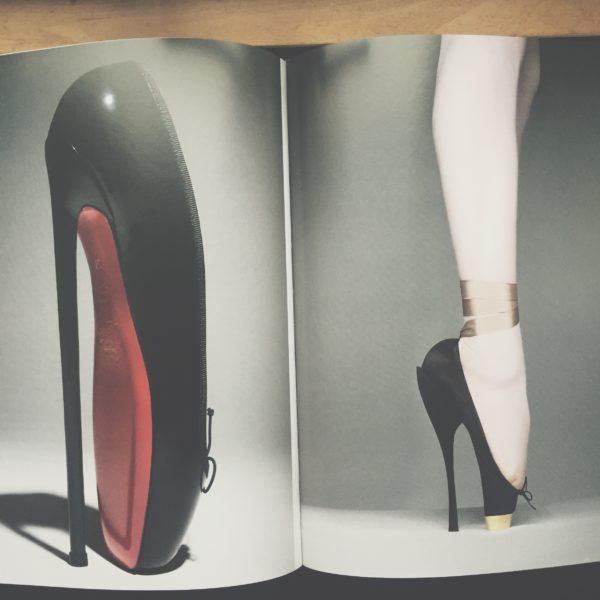Sally Banes once wrote: “dance is often a metaphor for libidinous sexuality” in her book Dancing Women: Female Bodies on Stage. The relationship between the movement of the body for both artistic and sexual pleasure is one that has deep roots within history. Colleen Hill states that nineteenth century ballerinas often resorted to prostitution as a means to maintain financial stability at a time when dancers received minimal wages.
The association of dance and sexuality, however, extends far beyond the financial needs of the performers. The way in which a dancer moves their body has often been paralleled to the various corporeal rhythms performed during the sexual act. The similarities between these ‘dances’ is most keenly observed when considering a part of the body so often associated with fetishised —or even perverse —sexuality: the foot.
In a Vogue article from 1982, Alfred Kinsey is quoted as saying that during sexual activity “the whole foot may be extended [to] a position which is impossible in non-erotic situations for most persons who are not trained as ballet dancers.” Within this, it is possible to see how the motions of the foot are particularly susceptible to erotic pleasures. Kinsey’s assertion further demonstrates how the sexual act can make the foot mobile in ways previously deemed impossible without training in dance; almost as though eroticism can give someone the phalangeal flexibility needed to dance on pointe. In this sense, one can see how the ballerina on pointe might be viewed as in a continual state of erotic pleasure, her outstretched feet the very image of fulfilled desire.

The ballerina is a historical figure steeped with covert sensuality; her delicate feet becoming the desired object within male fantasy. Hill details a story of the discarded pointe shoes of Marie Taglioni. Within this tale, Taglioni’s worn-out shoes were cooked, garnished and eaten by a band of Russian admirers. If this story were more than mere fantasy, it would show the libidinous tendency to want to consume and digest the fetishised object of desire. Within this process, we may incorporate the object into our own psyche; a narcissistic gesture that enables our fetish to never part from our body.
The ways in which ballet has been long associated with sexuality is epitomised within the pointe shoe; an object reminiscent of the phallus in design, thus furthering is capacity to act as a fetishistic substitute for the male plagued by castrative anxieties. While the pointe shoe denotes an air of fragility it also, as Hill argues, represents the pain and discipline endured by the dancers. In this sense, the shoe becomes a paradoxical object of both pleasure and pain, desire and castration. The pointe shoe is ultimately an object imbued with sexuality and fetishised desire, a desire that extends to the very practise of ballet itself.
By Niall Billings
Further Reading:
Sally Banes, Dancing Women: Female Bodies on Stage, 1998
Colleen Hill, Ballet Shoes: Fashion, Function and Fetish from Dance and Fashion, 2014
Sherry Magnus, Feet, Sex and Power: The Last Erogenous Zone from Vogue, 1982


